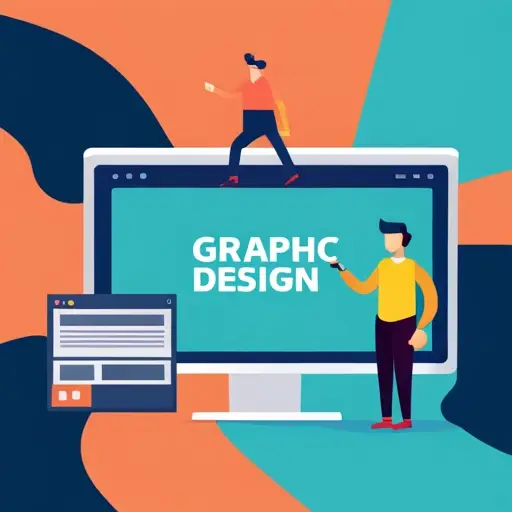Graphic design is more than just arranging images and text; it’s the art of conveying messages visually, creating meaningful connections, and leaving a lasting impact. To excel in the field of graphic design, it’s essential to follow best practices that not only produce aesthetically pleasing designs but also communicate effectively. In this blog post, we’ll explore the top best practices in graphic design that every designer should embrace.
- Understand the Purpose:Before diving into any design project, it’s crucial to understand the purpose, message, and target audience. Whether you’re designing a logo, a website, or a poster, knowing the context and objectives will guide your design decisions.
- Simplicity is Key:The best designs are often the simplest. Avoid clutter and complexity. Focus on conveying the message concisely and effectively. Minimalism can be a powerful tool in graphic design.
- Typography Matters:Carefully select fonts that match the tone and purpose of your design. Ensure readability by choosing appropriate font sizes and spacing. Stick to a limited number of fonts to maintain consistency.
- Color Psychology:Colors evoke emotions and associations. Use color theory to your advantage. Understand the psychological impact of colors and select a palette that complements your message. Maintain consistency in color usage throughout your design.
- Hierarchy and Visual Flow:Create a visual hierarchy by emphasizing important elements through size, color, contrast, and placement. Guide the viewer’s eye through the design with a clear visual flow, ensuring they absorb the content in the intended order.
- Balance and Composition:Achieve balance in your designs by distributing visual elements evenly. Utilize principles of design like symmetry, asymmetry, and the rule of thirds to create harmonious compositions.
- Consistency Across Platforms:Ensure that your designs look and feel consistent across different platforms and devices. Responsive design is essential for websites and digital media.
- Use High-Quality Images and Graphics:Low-resolution images and graphics can ruin an otherwise excellent design. Use high-quality, properly licensed assets to maintain a professional appearance.
- Whitespace and Breathing Room:Give your design room to breathe. Whitespace, also known as negative space, is essential for readability and aesthetics. Avoid overcrowding elements.
- Test and Iterate:Always review your design work and seek feedback from others. Test your designs in real-world conditions and make improvements based on user feedback and your own evaluations.
- Stay Updated:The world of graphic design is continually evolving. Stay updated with the latest design trends, software, and tools. Continuous learning is essential for growth as a designer.
- Copyright and Ethics:Respect copyright laws and ethical standards when using third-party assets. Always provide proper attribution and obtain necessary permissions for any copyrighted material.
Conclusion:
Great graphic design is a blend of creativity, strategy, and technical skill. By following these best practices, designers can create compelling visuals that effectively communicate messages, resonate with audiences, and leave a lasting impression. Remember that the journey of a graphic designer is one of continuous learning and improvement. Embrace these principles, stay curious, and keep pushing the boundaries of your creative abilities to consistently produce exceptional design work.



